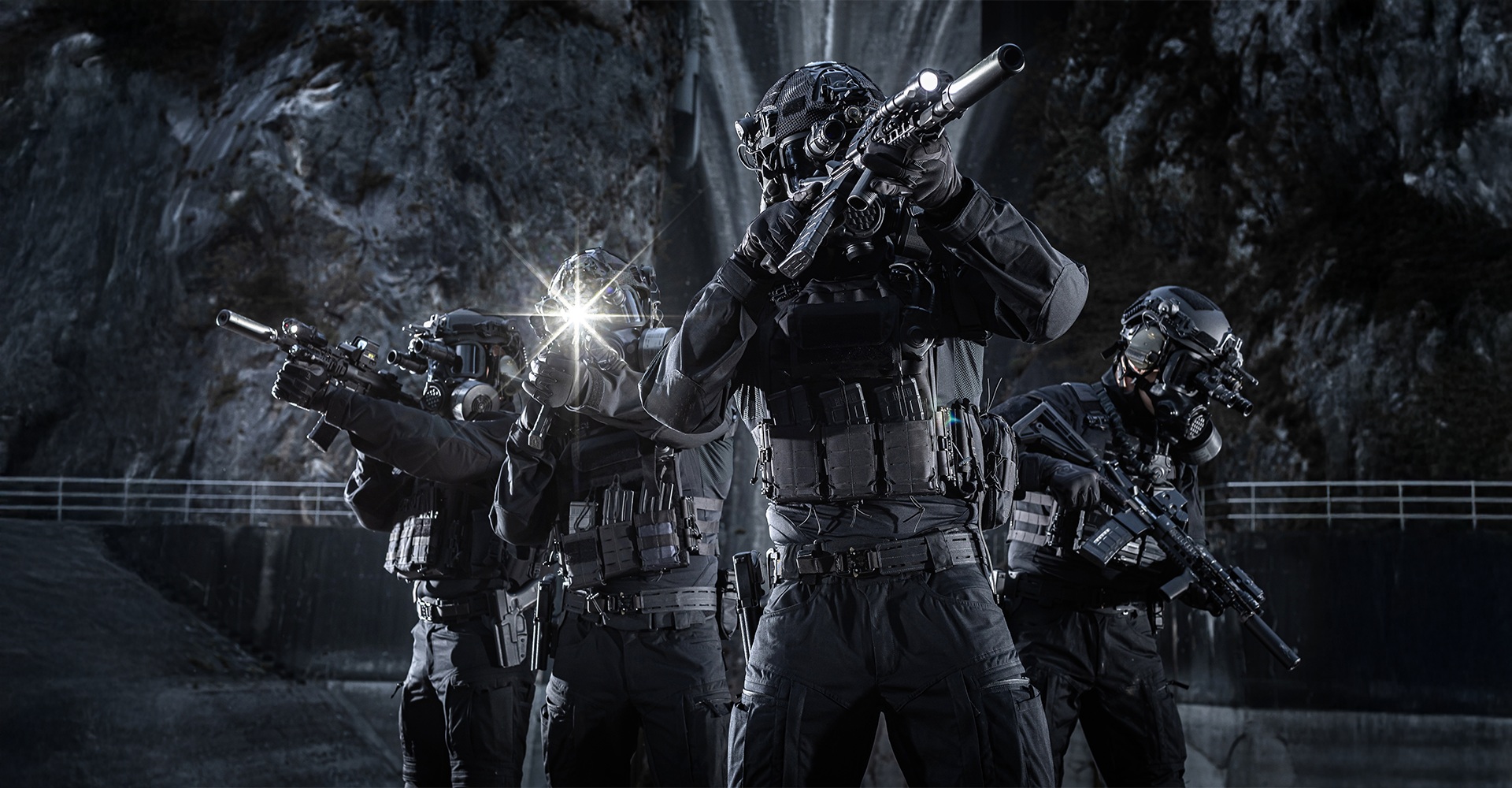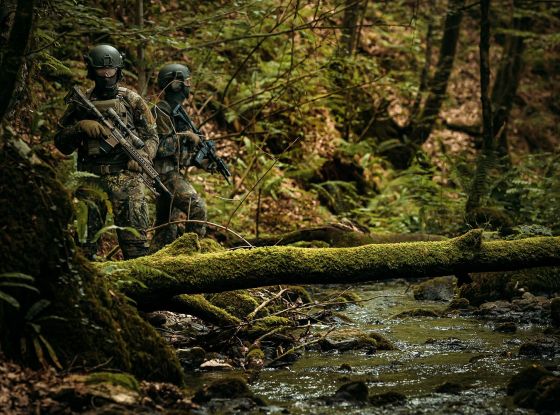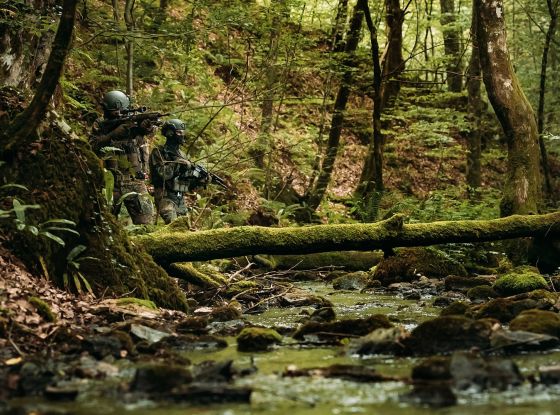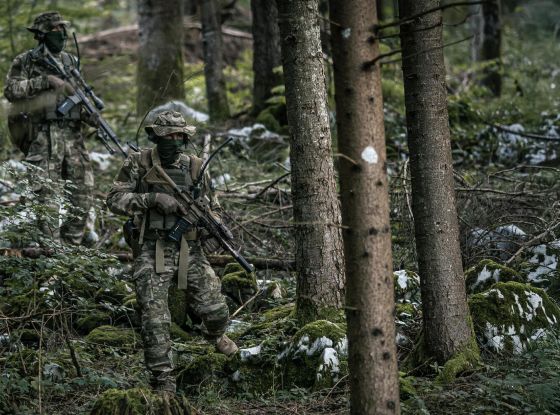In modern warfare, staying concealed isn’t just about blending into your surroundings—it’s also about managing your thermal signature. With the widespread use of thermal imaging devices by military forces and adversaries, heat detection has become one of the primary threats to stealth and survival in the field.
In this blog post:
The Science Behind Thermal Imaging
Thermal imaging technology identifies infrared radiation emitted by all objects based on their temperature. Unlike standard night vision, which amplifies available light, thermal imaging operates effectively also in complete darkness, making it a powerful tool for spotting individuals and vehicles. It is extensively utilized in military, law enforcement, and surveillance operations to track movement, uncover hidden threats, and improve situational awareness in low-visibility conditions.
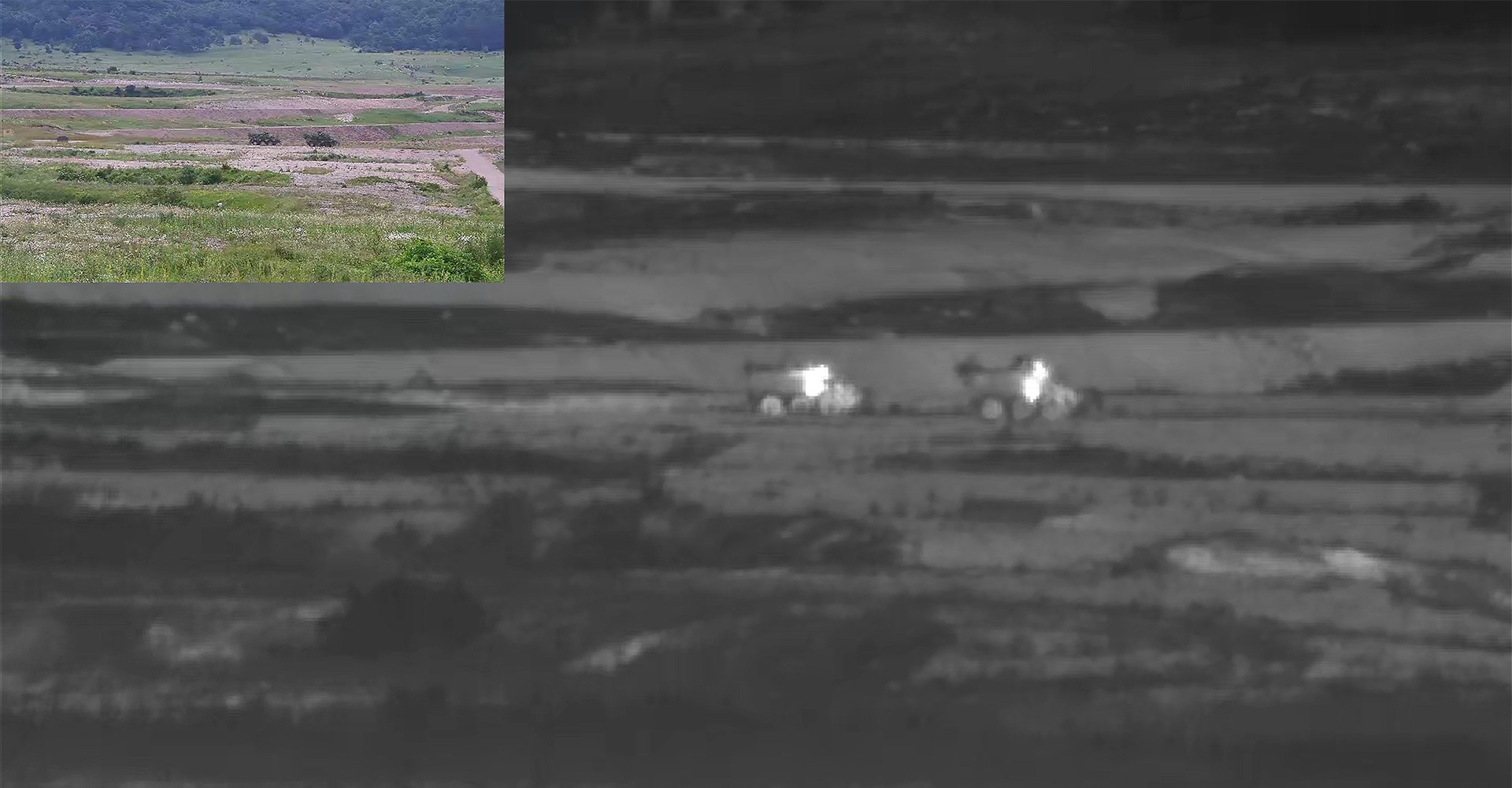
Source: TIMTEC Defense
The Role of Thermal Detection in Modern Combat
- Heat Signatures: Thermal sensors can pick up heat signatures from miles away, whether from a person or a vehicle. To maintain an advantage, special forces use thermal-resistant clothing and anti-thermal shelters to reduce their heat emissions, ensuring they stay hidden even under close-range observation. Likewise, armored vehicles and equipment are fitted with heat-reducing paint and exhaust deflectors, which help manage thermal visibility and evade infrared detection by enemy forces.
- Tracking Movement: These sensors can track movement, aiding in the detection of patterns and the prediction of enemy actions.
- Difficulty of Deception: Unlike traditional camouflage, thermal imaging detects heat signatures through gaps between obstacles such as foliage and layers of cover. This makes visual concealment alone ineffective, as thermal sensors can still pick up heat emissions even when physical barriers provide partial cover.
- Versatility in Environments: Thermal imaging is effective across a variety of environments, from urban settings to dense forests. This increased detection capability means you face a higher risk of being spotted, no matter the terrain.
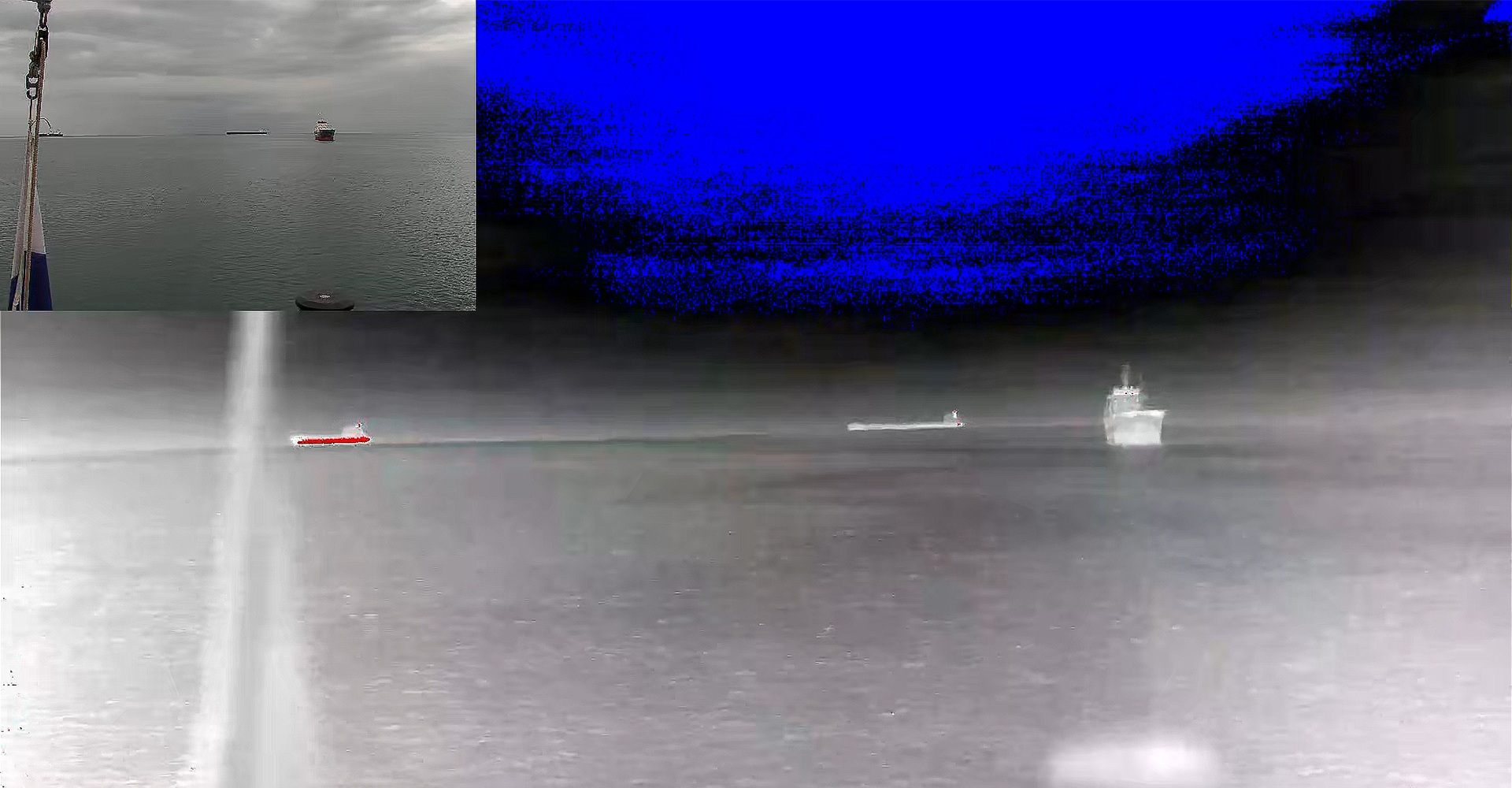
Source: TIMTEC Defense
To dive deeper into the science behind thermal detection, listen to the podcast, where Armin and Darko are joined by Marko Peljhan, co-founder of C-Astral Aerospace, a globally recognised company that manufactures and services fixed-wing small Unmanned Aircraft Systems.
They discuss the ongoing battle against heat signature detection, the quest for effective thermal camouflage, and the challenges of staying undetected in a world of advanced surveillance technology.
Understanding Detection Spectrums
Thermal imaging is one of the most widely used detection methods, but modern surveillance technology operates across various spectrums, each posing its own challenges for staying hidden. Knowing how different spectrums—such as Near-Infrared (NIR), Visible Spectrum (VIS), and Shortwave Infrared (SWIR)—work is essential for effective concealment. Additionally, understanding FLIR systems, which detect heat signatures across multiple infrared wavelengths, is crucial in minimizing the risk of detection.
Here’s a breakdown of the key spectrums involved in detection:
- Near-Infrared (NIR): This spectrum lies just beyond visible light and is commonly utilized in night vision technologies, such as image intensifiers. Wearing NIR-compliant clothing can significantly lower the chances of being detected by night vision and infrared sensors that function within the NIR range. Learn more about NIR-compliant clothing.
- Visible Spectrum (VIS): Traditional camouflage depends on the VIS to hide the wearer in daylight, allowing them to blend into their surroundings in natural conditions. This spectrum is the most frequently used in outdoor camouflage designs.
- Shortwave Infrared (SWIR): SWIR sensors can see through fog, smoke, and even certain fabrics, making them particularly effective in difficult environments. If your clothing does not effectively manage SWIR reflectivity, you may become highly visible to specialized SWIR cameras.
- Thermal Imaging (FLIR):FLIR (Forward Looking Infrared) systems operate in both Mid-Wave Infrared (MWIR) and Long-Wave Infrared (LWIR) spectrums. These systems can detect heat signatures, such as human body heat or engine warmth, even through barriers like smoke or fog. MWIR is most effective for long-range detection of heat sources like vehicles or large objects, whereas LWIR is typically used for identifying human body heat and other thermal anomalies at closer distances.
By understanding how these spectrums operate, and how they interact with materials and environments, you can optimize your concealment strategies to stay undetected in various tactical scenarios.
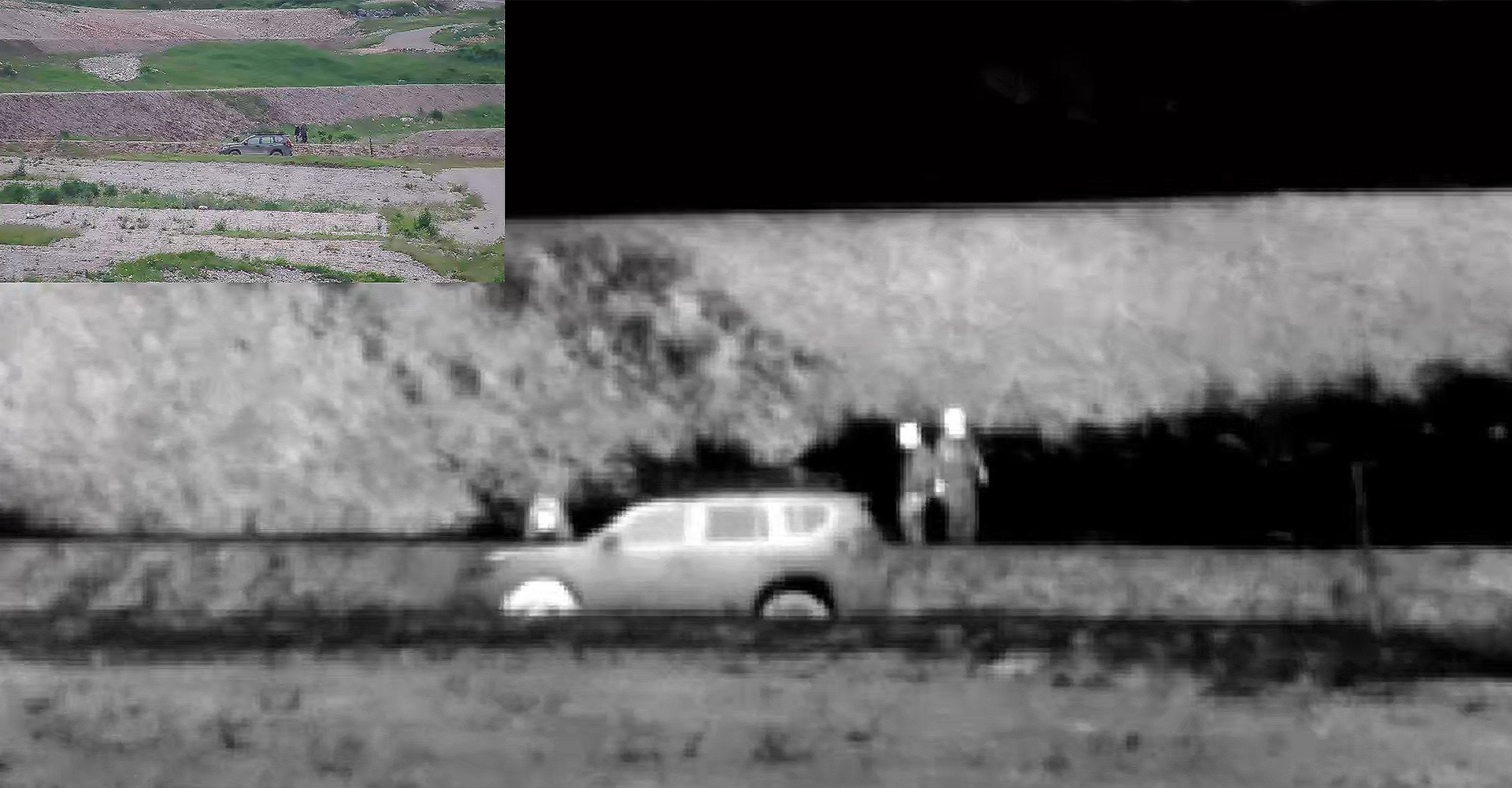
Source: TIMTEC Defense
SUBSCRIBE TO UNLOCK OUR EXCLUSIVE CONTENT
Enter your email and get timely updates and relevant intel on tactical topics directly to your inbox.
You are signing up to receive updates via e-mail from which you can opt out at any time. Visit our privacy policy for more info.
Key Tactics for Managing Thermal Signature
1. Heat Dissipation and Redistribution
- Breaking up heat patterns: The human body gives off a unique heat signature that thermal sensors can easily pick up. To avoid detection, consider wearing layered clothing with air gaps, which helps to disperse body heat and slow down detection. Using counter-surveillance methods like heat-baffling netting and decoy heat sources can also create misleading thermal readings, confusing infrared systems. This provides a significant advantage in maintaining stealth.
- Cooling strategies: Utilizing cooling packs or materials that absorb body heat can temporarily lessen your infrared footprint, making it more challenging for sensors to detect your heat signature.
- Ambient heat utilization: Positioning yourself near objects with similar temperatures—such as heated machinery or sun-warmed rocks—can help blend your thermal emissions with the environment, complicating detection efforts.
- Managing body heat emission: Wearing multiple layers of thermally resistant materials can help distribute heat more evenly across your body, minimizing hot spots that thermal sensors are likely to pick up.
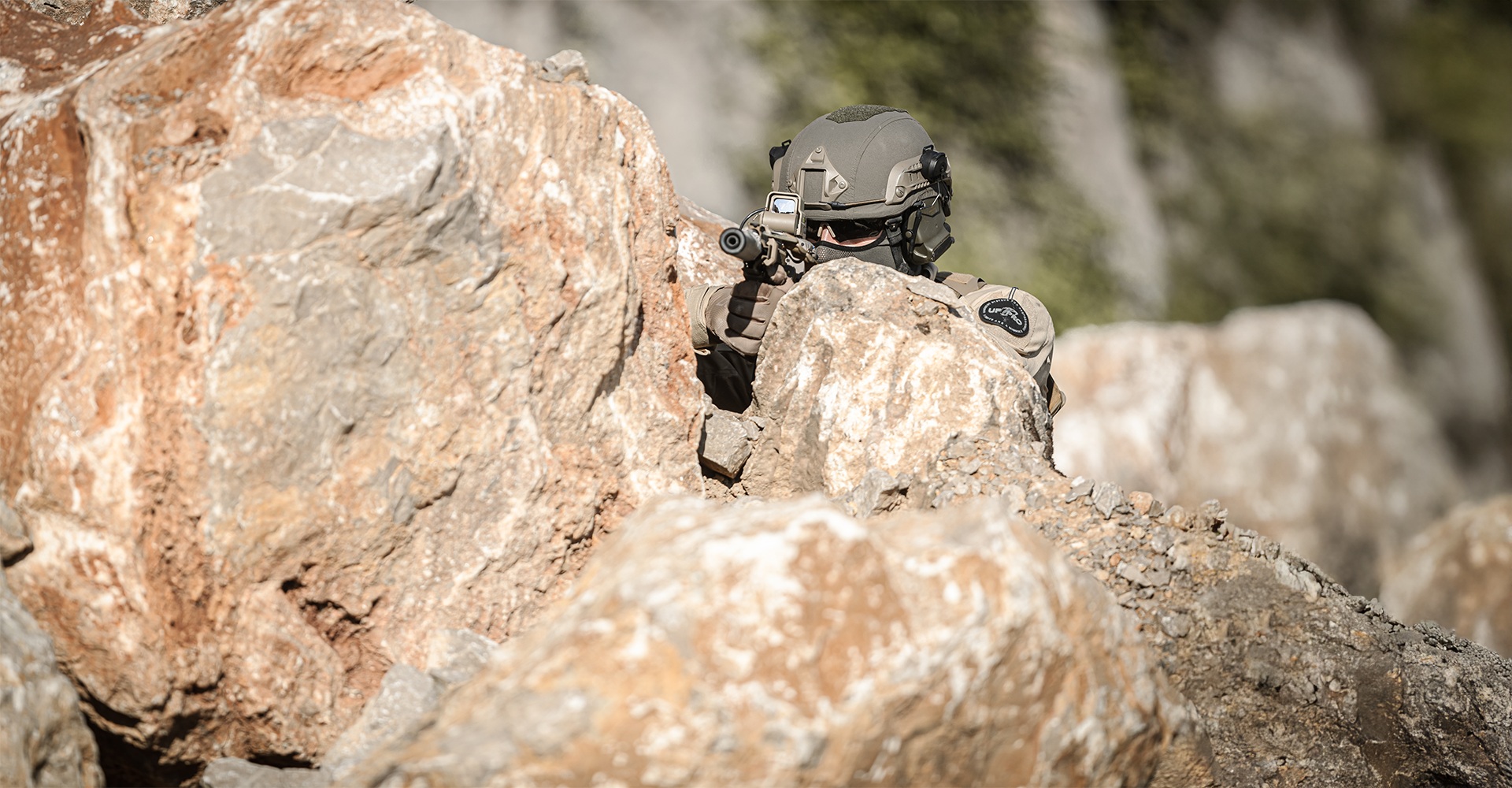
2. Tactical Movement and Positioning
- Minimizing exposure time: Move swiftly between cover and limit your time spent in open areas to decrease the chances of being detected by thermal sensors.
- Positioning behind heat-reflective barriers: Natural features like rocks, dense vegetation, and bodies of water can absorb or scatter thermal radiation, offering protection from infrared surveillance.
- Utilizing temperature changes: Operating during cooler times of the day, such as dawn or dusk, can help you blend in with natural temperature variations, making detection more difficult.
- Avoiding heat contrasts: In colder environments, your body’s warmth can stand out sharply against the cooler surroundings. By managing your exposure and employing camouflage, you can reduce this contrast and improve your chances of remaining undetected.
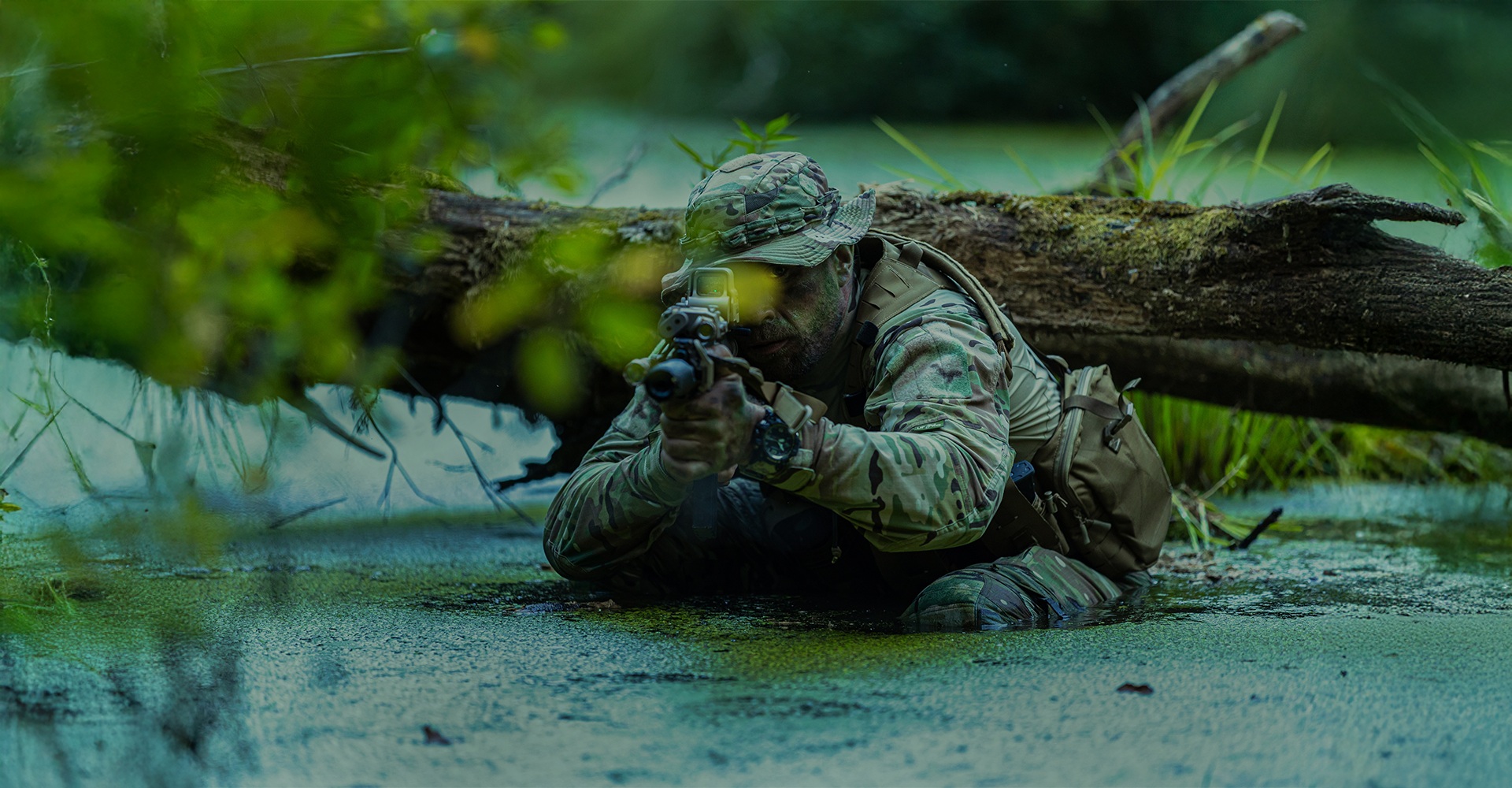
3. Advanced Thermal Camouflage and Materials
- Thermal-blocking fabrics: These specialized fabrics, which are infused with heat-resistant materials, help to conceal your body heat, making you less detectable to infrared sensors.
- Thermal cloaks and blankets: Portable materials like thermal cloaks and blankets can be used to cover yourself or your equipment, effectively reducing your infrared signature. Snipers and reconnaissance teams often pair these with ghillie suits that are designed for visual and near-infrared concealment, offering both optical and thermal stealth.
- Infrared-reflective coatings: Applying coatings to gear and uniforms can help scatter or absorb infrared radiation, making it harder to detect a clear heat signature.
- Adaptive thermal camouflage materials: Innovative fabrics are engineered to adjust their thermal and near-infrared properties in real time, enabling them to respond to changing environmental conditions for optimal concealment.
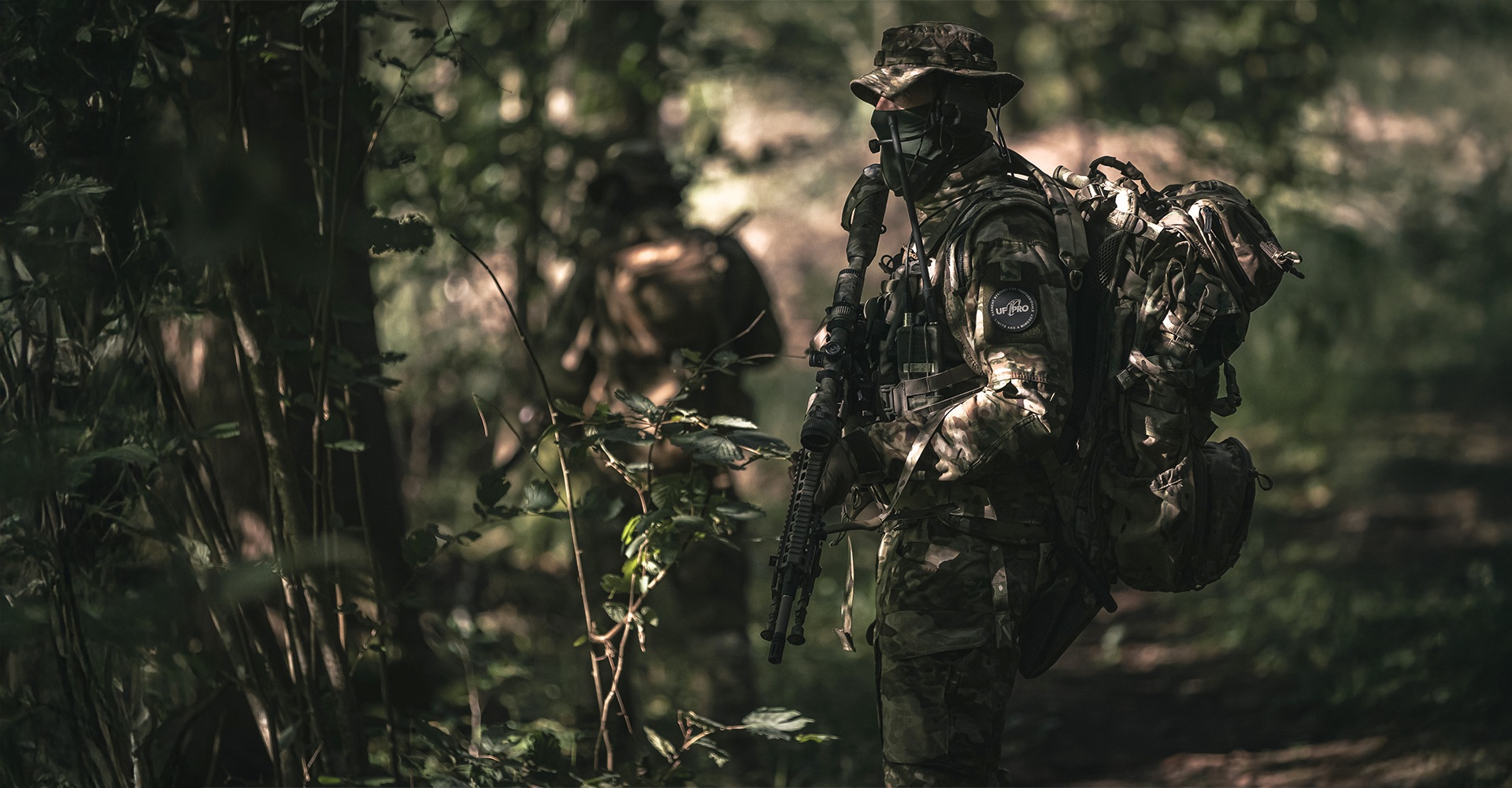
Common Mistakes and Misconceptions in Thermal Camouflage
Understanding and applying thermal camouflage techniques is key to reducing detection, but common mistakes can undermine your efforts:
- Overreliance on static concealment: Relying too heavily on static camouflage, like ghillie suits, without considering your movement strategy can actually increase your risk of detection.
- Misuse of anti-thermal gear: Inadequate coverage or incorrect layering of thermal-resistant fabrics can create vulnerabilities that you might not notice, making you more visible to advanced detection systems.
- False sense of security from outdated materials: Not all anti-thermal clothing is effective against modern SWIR and thermal sensors. Relying on outdated materials could leave you vulnerable to more advanced surveillance technologies.
By recognizing these mistakes, you can refine your strategies and enhance your stealth, ensuring you're always one step ahead in the thermal battlefield.
The Future of Thermal Concealment
As thermal imaging technology advances, so too must the strategies for staying undetected. One of the most exciting developments in this area is adaptive thermal camouflage, which has the potential to enable operators and equipment to modify their heat signatures in real time. Although it is still under development, this breakthrough is set to transform how we approach thermal concealment in the future.
In addition, nanotechnology and AI-driven camouflage are paving the way for enhanced stealth capabilities. These advancements aim to produce combat uniforms that can adjust their thermal output dynamically, allowing for seamless blending with the environment. While adaptive thermal camouflage focuses specifically on real-time heat signature adjustments, these advancements promise to offer a broader range of dynamic stealth features, taking concealment to the next level.
Nevertheless, as AI-driven surveillance technology progresses, traditional methods of concealment are becoming increasingly ineffective. To keep up, strategies such as heat signature spoofing, decoys, and AI-driven counter-surveillance will become essential, working alongside physical camouflage to maintain an advantage against detection.
With these innovations in mind, modern equipment is being developed with advanced infrared concealment as a fundamental aspect, ensuring that you are equipped with the most effective tools to remain undetected.
Conclusion
Thermal detection tech is getting smarter, which means staying undetected requires more than just traditional camouflage. The right combination of materials, movement strategies, and cutting-edge gear is what makes the difference. As surveillance capabilities evolve, so do the solutions designed to counter them—giving you the upper hand when remaining unseen is critical.

